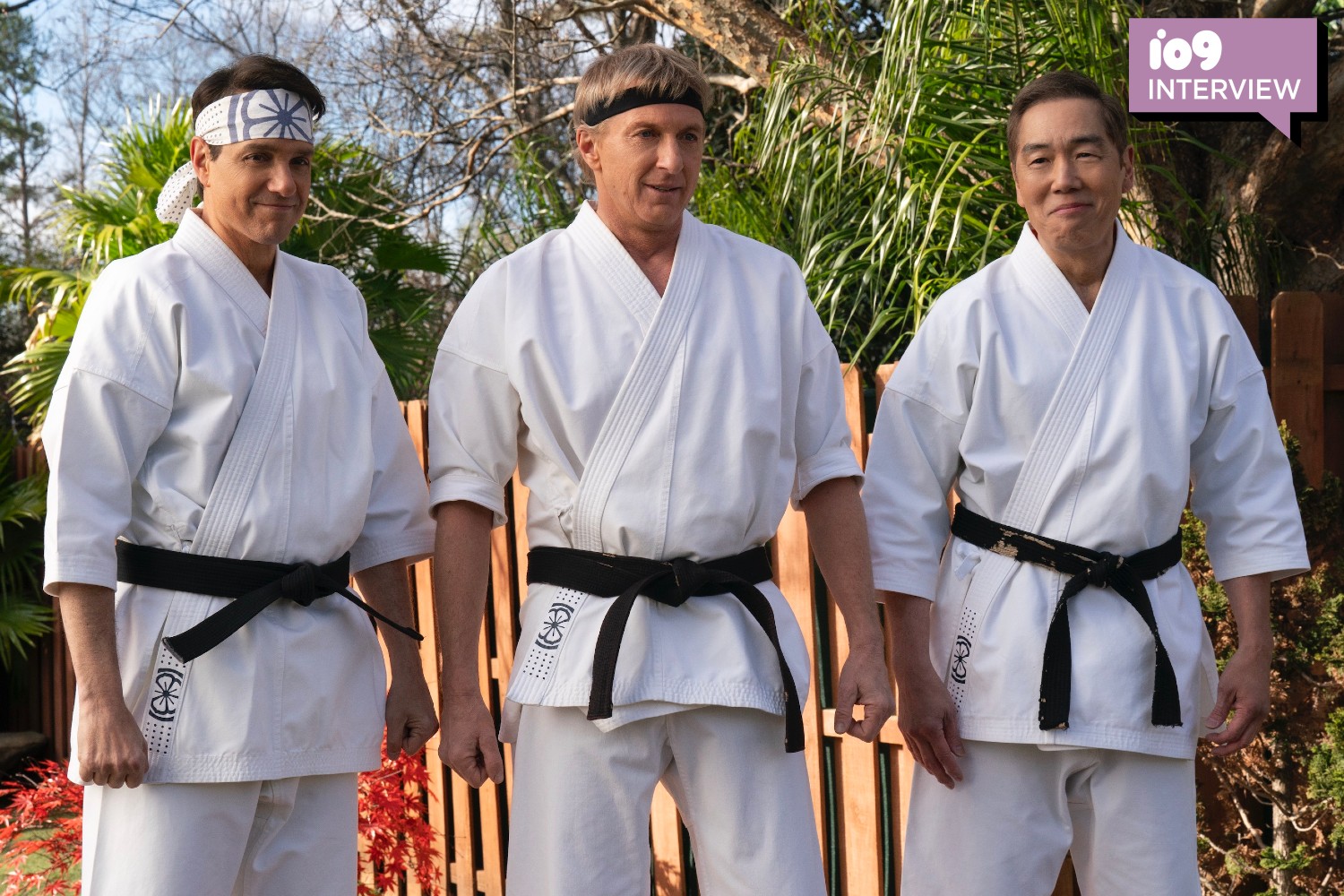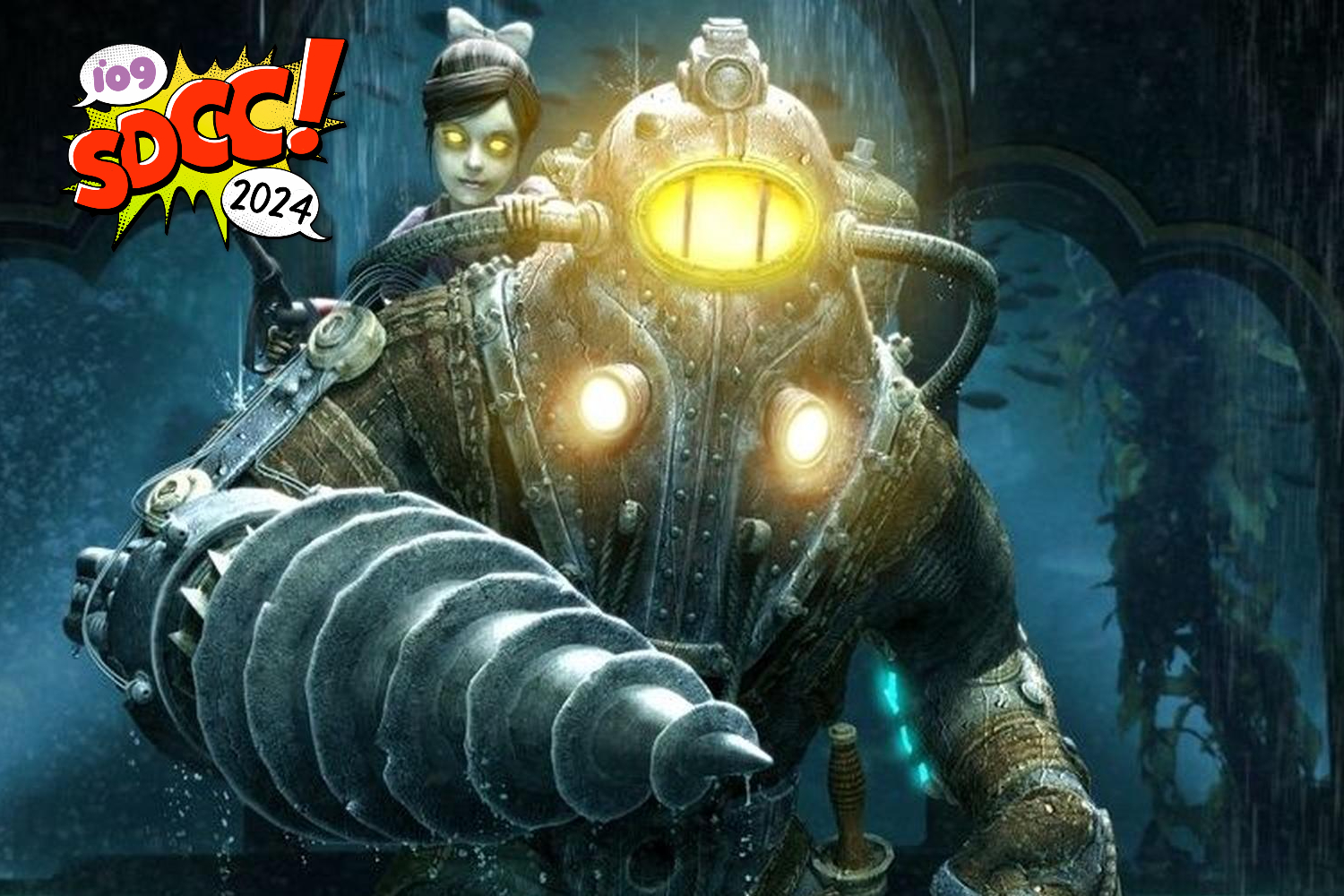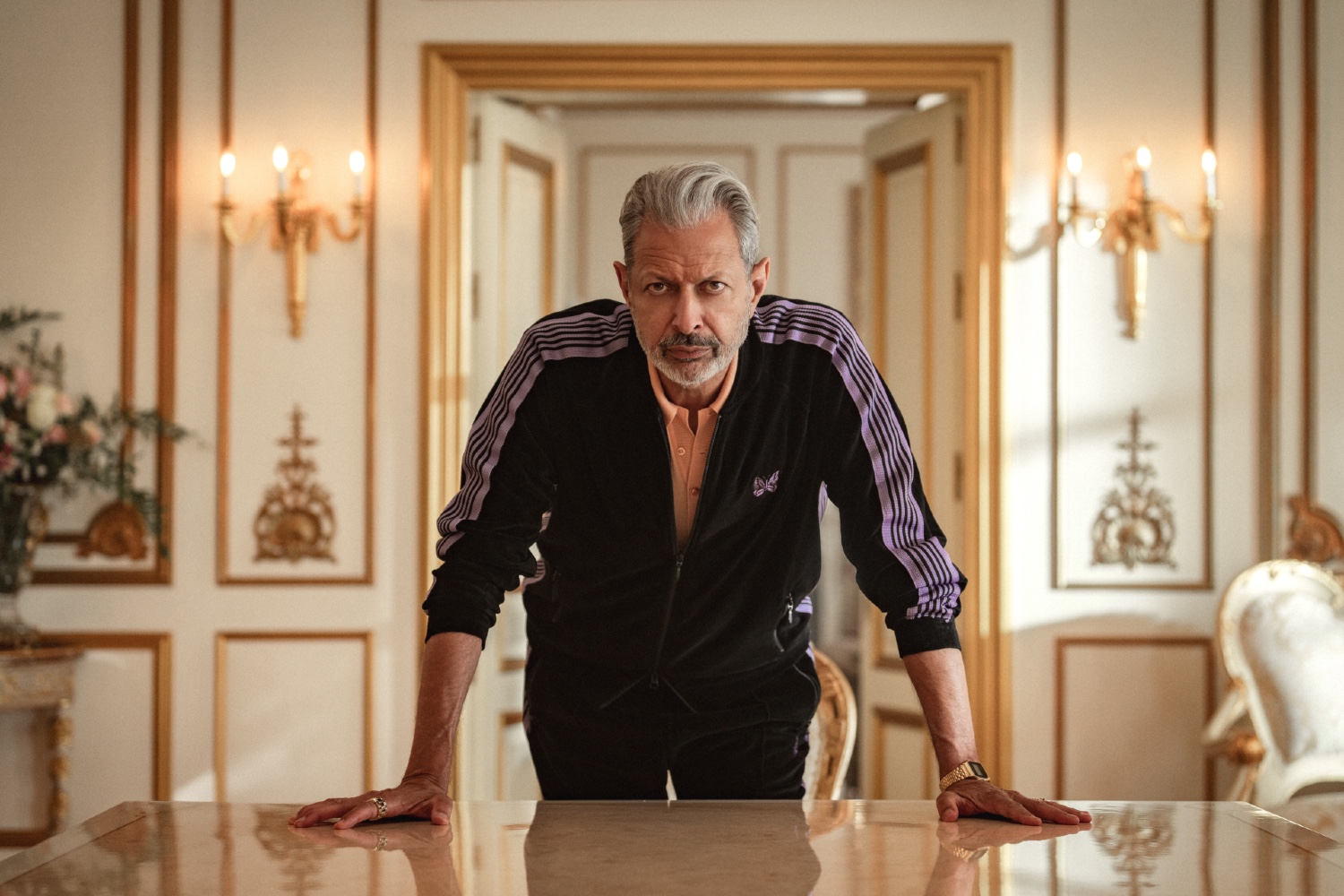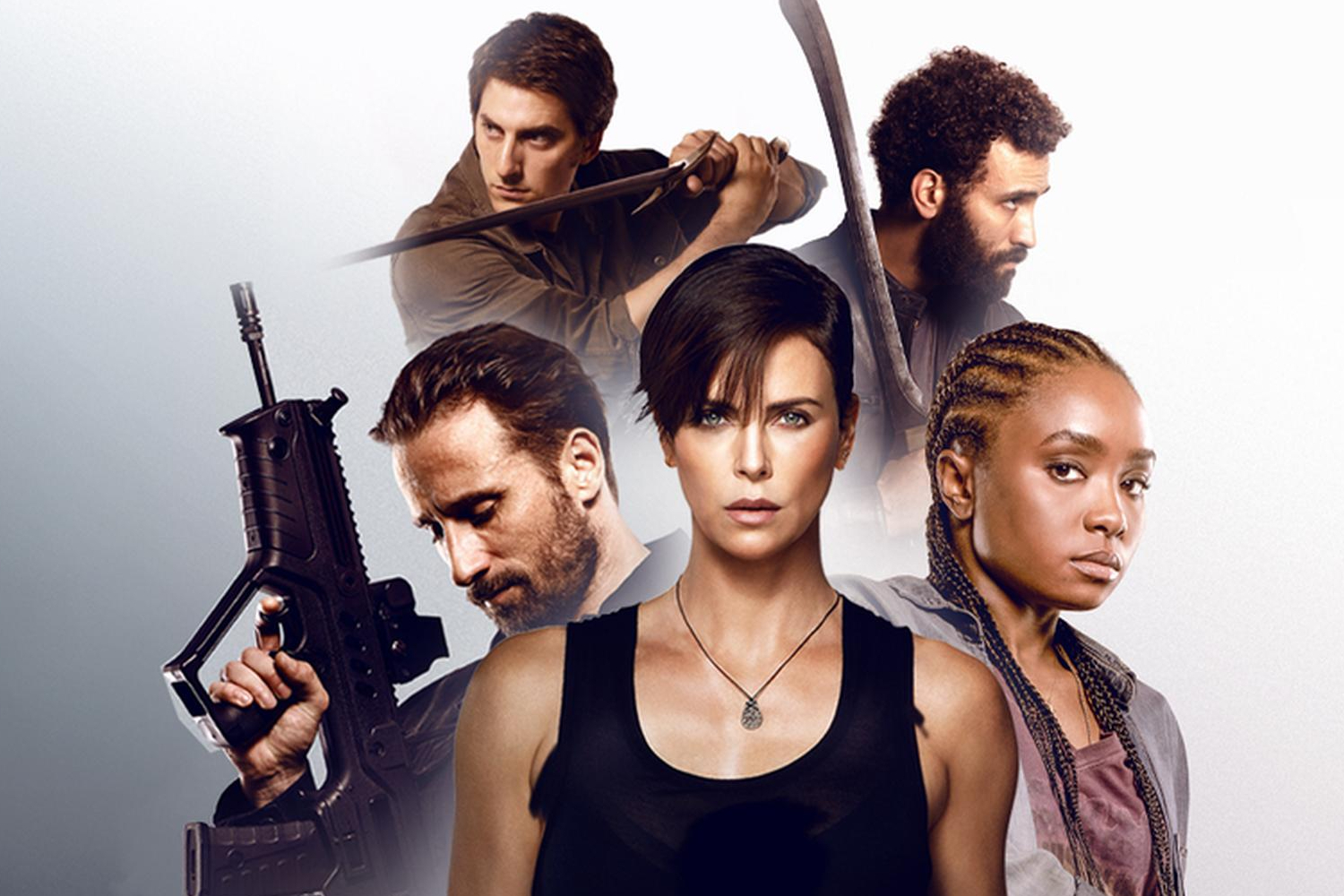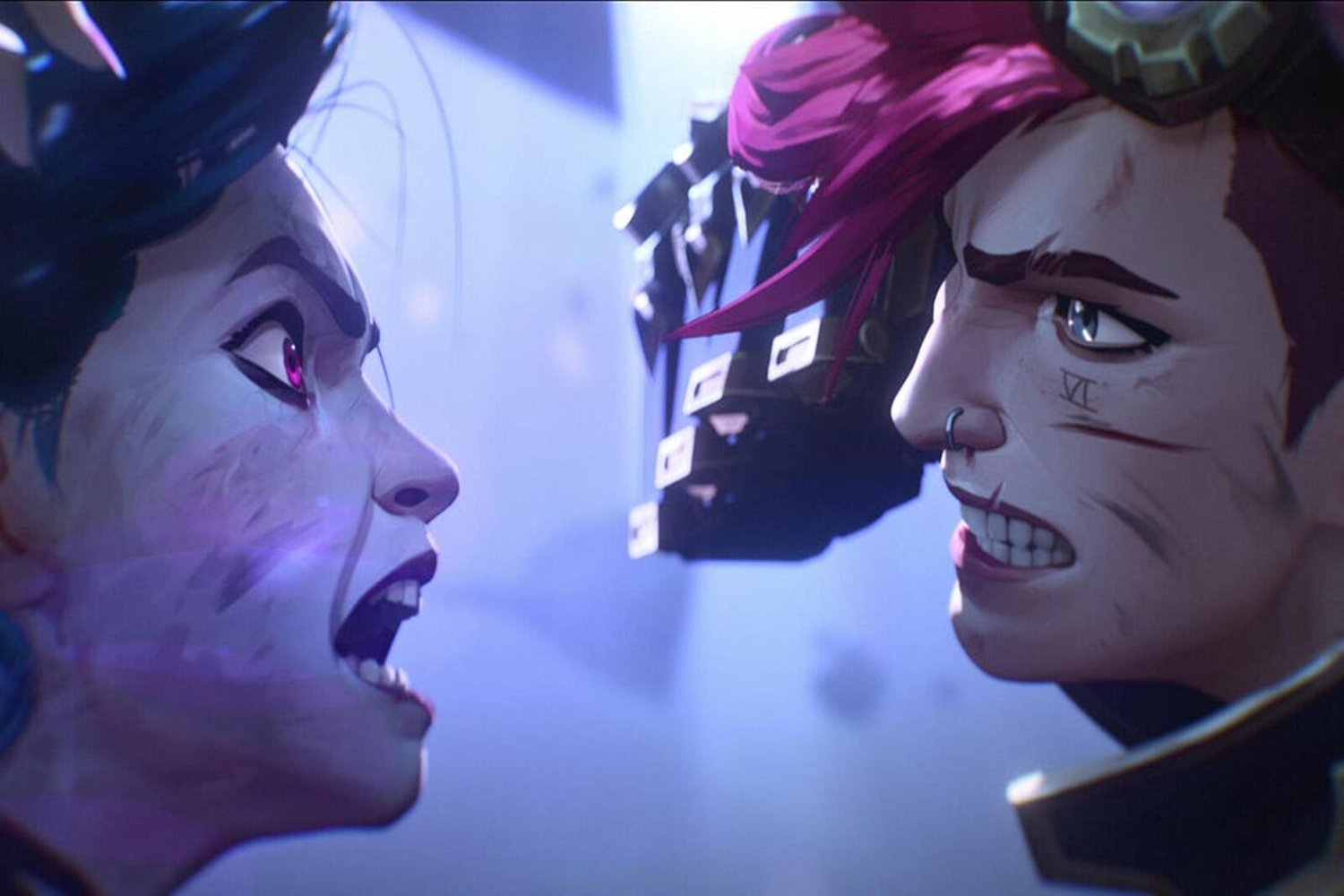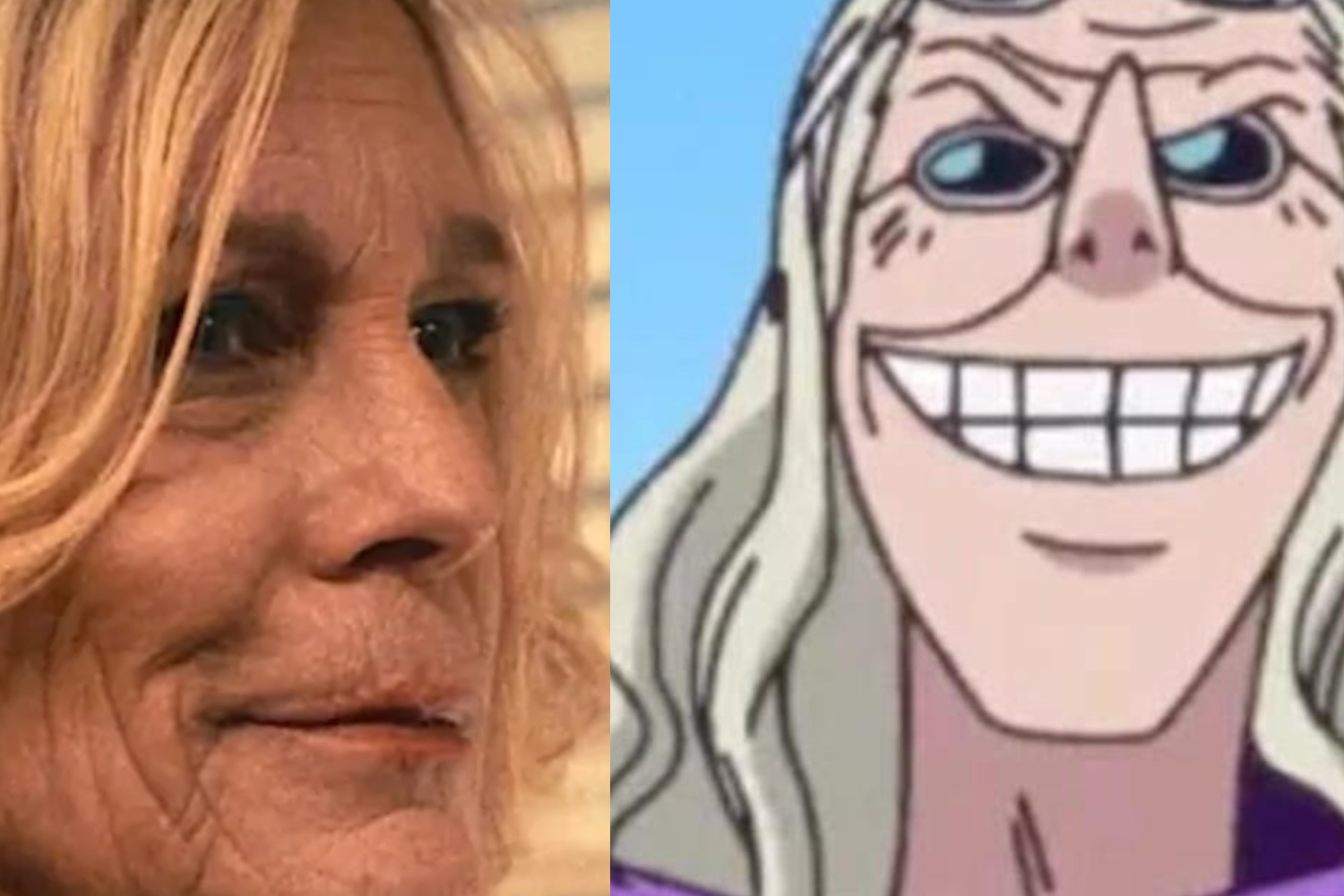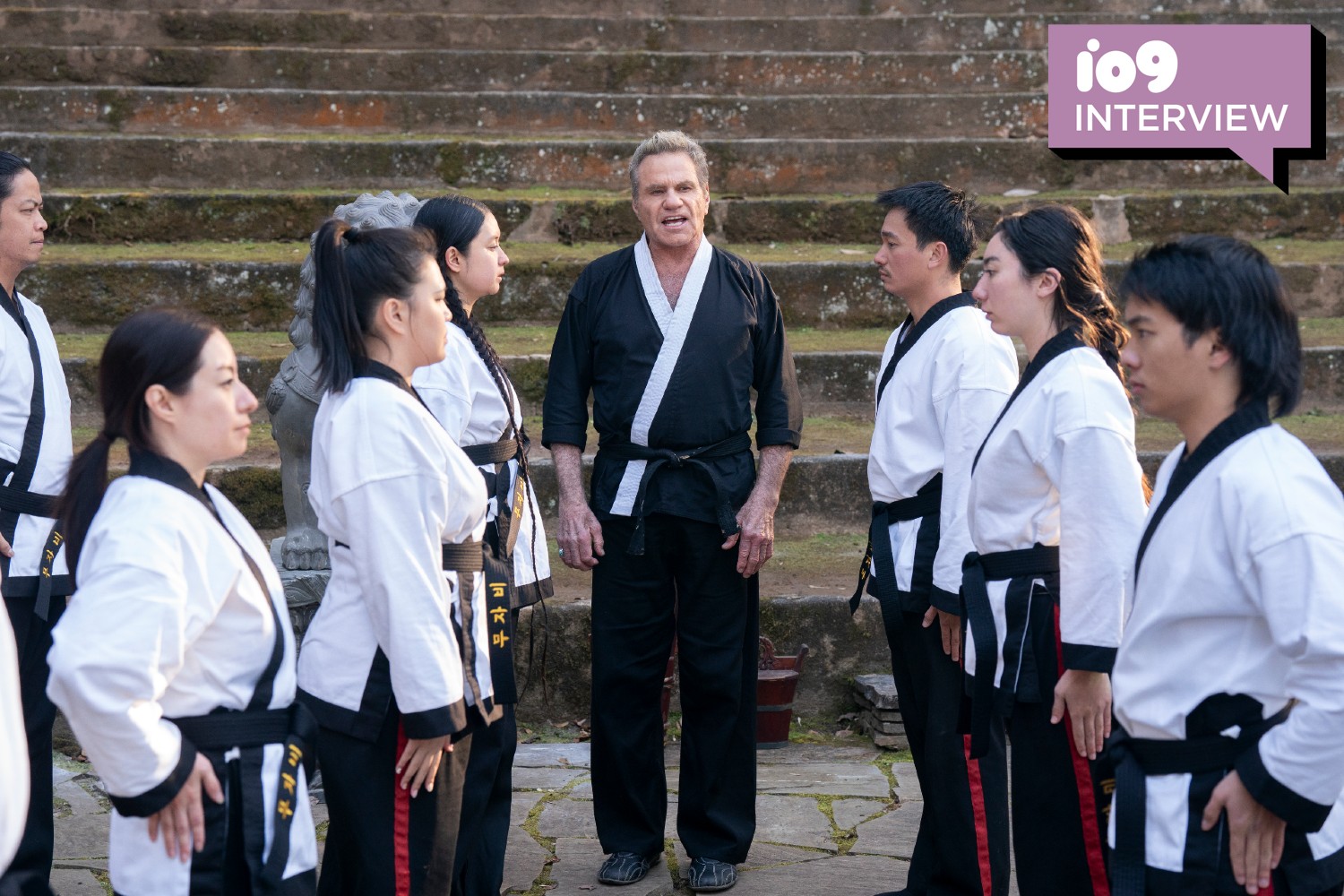It feels like a million years ago when io9 was among the first to shout from the rooftops that the guys behind Harold and Kumar had made a Karate Kid TV show for YouTube and that it was awesome. In fact, it was a little over six years ago and now, that journey is comes to an end with the sixth season of Cobra Kai.
The hit show, which eventually moved to Netflix, will debut the first five episodes of a supersized sixth and final season on July 18, with the next five in November and final five in 2025. And, as we have done every single season, we sat down with the show’s creators—Jon Hurwitz, Josh Heald, and Hayden Schlossberg—to talk all about it.
Below, you get the first taste of our conversation, including spoiler-free thoughts on how and why the final season grew in size, creating the show’s first-ever world karate tournament, and that huge tease from the first trailer that suggests we’ll be learning more about the past of Mr. Miyagi.

Germain Lussier, io9: The first five seasons of Cobra Kai are all 10 episodes. This year we’re getting 15 spread out across three time periods. How early did you know this was going to be a season and a half, where did the idea for the split come from, and how did that change the storytelling you guys have been used to for five seasons?
Jon Hurwitz: This was right after we finished making season five. We had a powwow with Sony and Netflix talking about what’s next. We knew we were coming in for a landing, but we felt like 10 episodes wasn’t enough to wind up all the stories the way we wanted to. And 20 episodes felt like too much. So we’re like, “This should be the final season. Is there a way to make it somewhere in between 10 and 20?” And we all landed on 15. And once we landed on 15, we were thinking, “How do we want that to come out?” Because we wanted people to get episodes of the show sooner rather than later [instead of] waiting even longer for the show, because it’s been a while since we’ve been out. And we just started thinking of, whenever we’re writing a 10-episode season, we do it in batches of five, in a sense. It’s like we build to a mid-season finale and then build from there to the ending. And this season, it was like, “OK, well, three chunks of five would make sense.” It’s almost like three acts in a bigger story. And that’s just something that we decided to do creatively. And when we talked about that with Netflix, they loved the idea of the three drops. And that’s where it came from. So we’ve known this for a very long time. And it is all by design.
io9: One of the big surprises in the first five is something you guys revealed at the end of the teaser, which is we’re going to learn more about Mr. Miyagi. To this point, the show has really avoided anything Miyagi. He is obviously a part of it. It’s Miyagi-Do. But without getting into specifics of what happens in the episodes, did you always know you wanted to go into his past a little bit more, and how much extra care did you put into telling this specific story?

Josh Heald: This was something we’ve wanted to do for a while. It became more in focus as we got deeper into the series. And we’re always looking at Miyagi through Daniel, mostly because that was part of the formative nature of how we kind of relaunched his character; this is a different Daniel LaRusso at a different part of his life and different circumstances, the biggest of which is he doesn’t have his lifelong friend and mentor anymore. So whenever we’ve used the Miyagi character, it’s to pull on those emotional strings and really dig into the past and use it as that power-up when you need it, or that reminder of the perfect base you have for your foundation.
So as we were kind of in the later seasons of the show, we started thinking less about Miyagi as an idea and more about Miyagi as a man. And that became kind of an interesting story we wanted to start telling. And we realized there’s a lot of power there with the unknown story that we don’t yet know about Mr. Miyagi. There’s the story he tells Daniel in the first movie and the second movie. And then there’s a lot of connecting of dots that happens as a result.
We wanted to tell really first and foremost a grounded story about somebody in adulthood encountering an additional truth about a parent or a grandparent that challenges what they know about that person. And that’s just reality for a lot of people. People share parts of themselves, sometimes 99% of themselves with other people. But there’s usually something that is not your finest hour or is something that maybe doesn’t apply to a certain relationship, or maybe flies in the face of what you’re trying to achieve. And what if Daniel were to find out something that would potentially challenge his opinion of Mr. Miyagi and take him off that saintly pedestal where he could do no wrong, and every choice he made was always right? And we felt like that was a great place to start that character journey and that story, because it honors Mr. Miyagi as a man and not just as a perfect being.

io9: The season obviously focuses on prep for the “Saikai Taikai,” which is you guys creating your own tournament. The All Valley kind of had a blueprint from the other movies and this does not. So tell me a little bit about figuring out the logistics of the tournament which comes into play later this season.
Hayden Schlossberg: Yeah, one of the fun tasks of season six was creating the Saikai Taikai and figuring out exactly what that tournament structure was and what it would be like to watch it. And you know, it was a combination of thinking about what we want to put our characters through along with what we would want to see in a martial arts tournament. Who cares what the reality is? And then the third part is “What is the reality?” We actually did look at tournaments and see what’s been happening. So it’s like a combination of inspiration from the real world, kind of like, “Hey, this is our own teenage kumite,” and also what’s the best story? What are the best fight scenarios that would take our characters and create the most entertaining story?
io9: I love that, I can’t wait. Now it’s still months until we see the final episodes and there’s still work to do, but in a way, you guys have kind of finished the show. There’s no more story you can really tell. So I’m wondering, how do you feel about the journey at this moment? Do you feel like you accomplished everything you wanted to at the beginning? Did you leave anything on the table? Tell me a little bit about how you guys feel right now.
Heald: I think we’re all feeling elated that we delivered on the pressure we put on ourselves to land the mothership the way that we always wanted to. We achieved everything in this series that we set out to do. And we were unapologetic in our drive and our goals to do some really, really big things as the sixth season winds down. We had so many balls in the air when we entered season six in terms of characters you care about, storylines that are in progress, and characters and storylines that we want to begin to tell because we’re always telling something new with a new season as well.
And while landing all of those storylines and arcs, some of them will end neatly, some of them will inevitably not. And that was intentional in a way to definitely leave something on the table. For us, there’s always more on the table because each new season just creates new branches of that tree, and the three of us never stopped talking about, “Oh, you know, what would be great if you do this?” There’s always—unless everybody is just being lined up and shot, which could happen! I don’t know! It hasn’t come out yet! [Laughs]—there’s always more to tell that you’ll be curious about. And the three of us would love to continue to work within this universe. It’s our favorite universe to play in. And we have a lot of other ideas that are on our minds already that we’re starting to discuss with our partners.

io9: That’s potentially very exciting and I won’t follow up because I’ve spoken to you all enough to know it’s a waste of time.
[All laugh.]
io9: You shoot most of the show in Atlanta but recently we saw a couple of images released of you shooting out in the San Fernando Valley. What can you tell me about why it was important to shoot something in the Valley and the broad scope of that?
Schlossberg: Well, every season we try to have a new flavor, a new location while staying true to the original Karate Kid. So in season six we’re going to go to a place that we haven’t seen before. If you haven’t watched the first five episodes, you’re going to find out where the Saikai Taikai is and that’s going to put our characters in a new environment that we haven’t seen. But at the end of the day, this is a story that is based in the Valley. And it’s about what happens after the tournament and where everyone settles and how the Valley is left. So we knew that even though we shoot in Atlanta and we’re faking a lot, we needed some iconic Valley moments as we ended the chapter of Cobra Kai.
And that’s the end of this chapter of this interview. Check back next week for some more non-spoiler nostalgia and, finally, spoilers after release. Cobra Kai Season 6: Part 1 debuts on July 18; you can watch it here.
Want more io9 news? Check out when to expect the latest Marvel, Star Wars, and Star Trek releases, what’s next for the DC Universe on film and TV, and everything you need to know about the future of Doctor Who.
